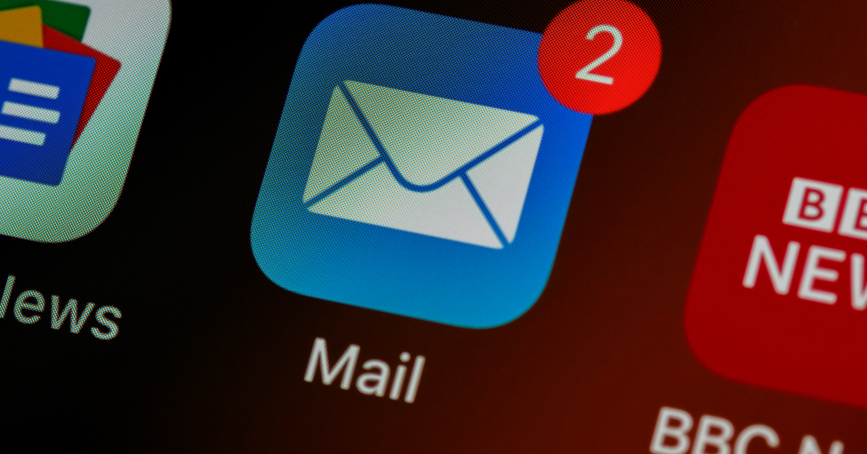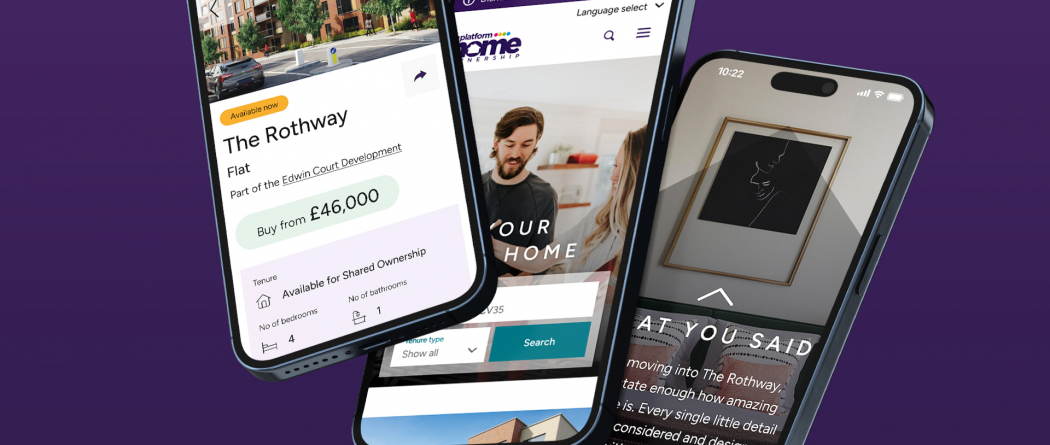
Insights How important is segmentation for email marketing?
By Andre Buxey, Head of Performance

Email segmentation could sound like one of those things which everyone starting out in email marketing should know already. However, many marketers are disregarding this tactic. It is still the case that many others don’t understand its value to improving their marketing results.
Is segmentation important for email marketing?
When you are already getting decent results with your current tactic, it could be easy to convince yourself you don’t need to try harder or learn something new. With email segmentation, you are not merely learning another fad, however rather, something that can unlock a whole new degree of success for your campaigns.
With email segmentation, you will be sending particular messages to a small group. The content can be designed to reflect the unique requirements of the vast majority of the group. This boosts the chances of the emails being read. With a segmented list, you are more likely to avoid sending emails not valued by most of your subscribers.
Your buyers aren't all the same
Most organisations, whether B2B or B2C, don't cater to only one kind of customer, even if they just sell one product or service. Not all customers are the same. There are often a number of ideal customers for any particular business. If you own a plumbing company, for instance, you may cater to the landlord of a big apartment building in addition to the owner of a single family home.
These are two very different kinds of customers who have very different problems as well as needs. This means they should be treated quite differently. So if you were carrying out some email marketing to these two target customers, swamping them with the same, broad message wouldn't be as successful as sending each a targeted email that spoke to their particular problems as well as requirements.
If you haven't done so already, decide on who your different segments of target customers are. These are also known as buyer personas. Once you figure out the type of people that make up your customer base as a whole, segmenting becomes far more understandable - and simpler. And the beauty of segmentation is that the possibilities are endless. You are able to pinpoint three or four general personas, or get more granular with each of those by splitting them into more targeted groups and making your segmentation much more effective.
Share insight

Segmenting your database helps you send the correct level of emails
If you send far too many emails to your list, you may scare the more email-averse sections into unsubscribing early. But, if you don’t email frequently enough, you may be missing out on an opportunity to engage your more dedicated subscribers.
It is better to optimise your sending frequency with a bit of segmentation. Pinpoint which of your subscribers are most engaged, then separate these power users in a segment of your email list. In this way, you can engage them with more emails without irritating the rest of your list. And hopefully increase your conversion rate!
Alternately, you are able to use segmentation to move the less active parts of your list into a lower sending frequency. You may even try to nudge them into opening your emails again with a re-engagement campaign.
Personalised emails increase conversions
Email segmentation allows for better personalisation of email messages, which ensures far better engagement as well as higher conversion rates.
When your email demonstrates you know your customer, whether by age, location, job title, or gender etc, it shows them that you are in tune with them as well as their needs. This will make them far more likely to become conversions.
Some marketers are already going one step further with a second-layer of personalisation, which involves breaking larger segments into smaller groups.
Your email reputation will improve
When you send focused, segmented emails to your audience, your emails will be naturally more engaging to that audience. And if you stick with this practice, over time, your audience will start to realise that each and every time they receive an email from your company, they know that the content will be as appealing to them as it always has been. In other words, you'll realise the advantages of a super sender reputation among your audience.
Email list segmentation moves your audience down the sales funnel
In the end, the goal of your email programme is to drive revenue. By sending emails which align with a particular subscriber's place in the funnel, you may be more likely to convert them. However, you wouldn’t want to hit these new subscribers with a hard subscription sell just yet. After all, you’ve only just met. Rather, you can target your email subscribers based on their level of engagement with your content. When they’ve become familiar with the quality which they can expect from your content, they may be more likely to pay up.
Email segmentation allows you to create dynamic content
With email segmentation, you don’t need to edit email templates to target a particular demographic manually. You are able to, instead, use dynamic content to enhance your relationship with your target audience further.
Dynamic content gives you the opportunity to create one email, with custom elements to show different aspects to parts of your email list. For instance, if you are sending an email featuring a piece of jewellery to a segment of jewellery lovers, you can use dynamic content to make the picture a bracelet or a pair of earrings, depending on the preferences of your audience. You are able to do all of this in just a couple of clicks.
When a subscriber who loves earrings sees an email with a magnificent pair of diamond earrings, that ‘must-buy’ feeling that will follow may be all you need to get them to engage with your email and eventually end up as a conversion. Email segmentation is all about giving your subscribers what they want or at least coming pretty close.
Don’t just segment your email list so you can say you’re segmenting. If you’re ploughing significant resources into hyper-segmentation yet seeing minimal results, you might want to reconsider if your efforts fit your audience. Are you segmenting along the correct lines? Does your email content align with your list segments?
A little tinkering may well be required, but it’s certainly worth the effort.
Share insight
Let's talk
- Call us +44 (0) 1256 334567
If you would like to find out more about how we can help you connect strategically, creatively or digitally, then call us or get in touch. We’d love to hear from you.












